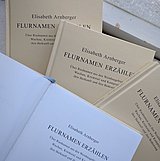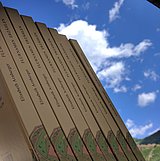![[Translate to Englisch:]](/fileadmin/_processed_/3/c/csm_IMG_20200407_141500_header_d20d65fec4.jpg)
The most important facts about the winegrowing region and Vinea Wachau in one handy folder.
For wine lovers, distributors of Wachau wines and for schools specialising in the topic of wine. We will gladly send you a copy in German or in English free of charge – please send an email to
The folder is additionally available in digital form in Czech, French and Russian.
Download Folder german
Download Folder english
Download Folder czech
Download Folder french
Download Folder russian
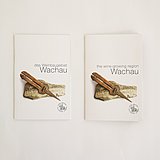
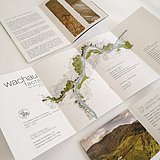
Did you know that Atzberg has the steepest slope of any Wachau vineyard? And Vogelberg, measuring only 0.4 hectares, is the smallest of any? With the card game "The crus of the Wachau" you find out all sorts of things about the Wachau’s 108 main vineyards or Rieden, such as area, slope – and the 1,000,000 hours of work it takes each year to manage the vineyards.
So let’s get started, shuffle the deck and uncork the bottle!
Here is where you get the Vinea Wachau Vineyard Quartet game
Vineyard Quartet is available at the Vinea Wachau office or can be ordered from office@vinea-wachau.at for just € 10 incl. sales tax. Vinea Wachau Nobilis Districtus, Schlossgasse 3, A-3620 Spitz / Donau
You can also purchase and take home Vineyard Quartet at Domäne Wachau during regular store hours:
April to October: Mondays to Saturdays from 10 am to 5 pm
November to March: Mondays to Fridays from 10 am to 5 pm (closed holidays)
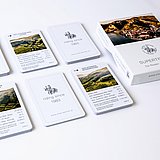

Wachau Souterrain
The new publication "Wachau Souterrain - geology and wine" shows the focus on orgin and individuality of the wine growing area Wachau.
It is the most comprehensive work about geology and soil of the Wachau.
Read publication online
Download ePub (10MB)
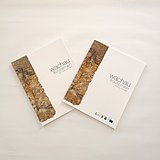
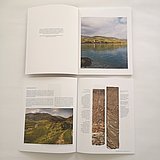
The Wachau Regional Wine Committee has published historic maps of the winegrowing region based on the Franciscan Cadaster, a survey carried out in the Wachau region between 1821 and 1823.
The maps show how widespread winegrowing and other types of agriculture were in the Wachau 200 years ago, as well as the Ried (or vineyard) names and other field names that were in use at the time.
This set of maps conveys a clear impression of how much tradition and significance are attached to the use of vineyard names in the Wachau region, Anton Bodenstein, chairman of the Regional Wine Committee, points out. Maps are thus an important source of information for looking more closely into the history behind the designation of origin of the smallest geographic unit, the Ried.
Most of the vineyard names still common today in the Wachau were first mentioned as early as in 13th or 14th-century documents, when the designations were used as proof of property held and to help identify specific vineyards.
Ried names later became more significant as a result of the increasingly common practice of distinguishing wines using a precisely defined designation of origin limited to a very small area. Since the mid-19th century, vintners in the Wachau have been using vineyard names to designate their wines, alongside references to the Wachau region and village names.
Edition by the Wachau Regional Wine Committee 2016–2017
Almost 100 individual maps were merged to create a complete map entitled “Das Weinbaugebiet Wachau” (Wachau Winegrowing Region). Additional maps were prepared of five sub-areas: Municipality of Spitz with parts of the Municipality of Mühldorf and Aggsbach Markt, Municipality of Weißenkirchen, Municipality of Dürnstein, Municipality of Mautern with parts of the Municipality of Unterbergern, and the Municipality of Rossatz-Arnsdorf.
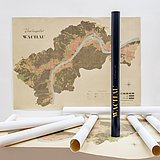
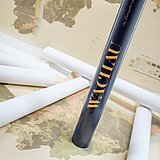
You have always wanted to know the stories behind resonating vineyard names such as 1000-Eimerberg, Loibenberg and Achleiten? Vinea Wachau has published German scholar Elisabeth Arnberger’s book entitled Flurnamen erzählen (Field Names Tell a Tale) in 2017, thus closing a gap in vineyard research.
In the nearly 300-page work, the author explains the origins of vineyard names, how they were passed on and have undergone – often uncanny – changes over the centuries, and what they probably mean.
The book covers the Wachau winegrowing region as well as most of the neighbouring Kremstal region and part of the Kamptal region.
It is available at well-supplied book shops, in particular at:
Buchhandlung Schmidl, Obere Landstraße 5, 3500 Krems/Donau
Buchhandlung Stierschneider, Hauptstraße 8, 3620 Spitz/Donau
Thalia Krems, Bühl Center, Wiener Straße 96-102, 3500 Krems an der Donau
Buchhandlung Murth Poscharnig, Wiener Straße 1, 3550 Langenlois
